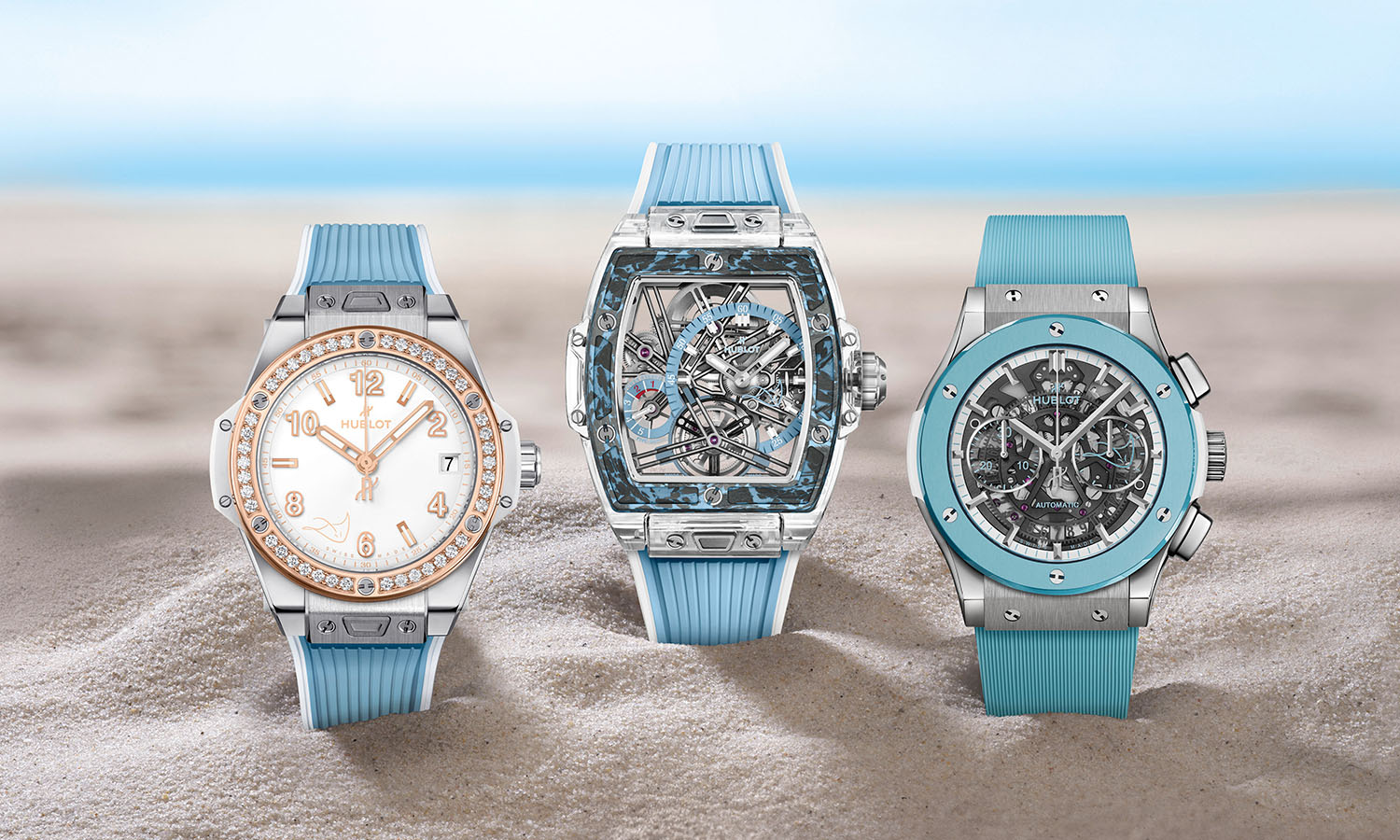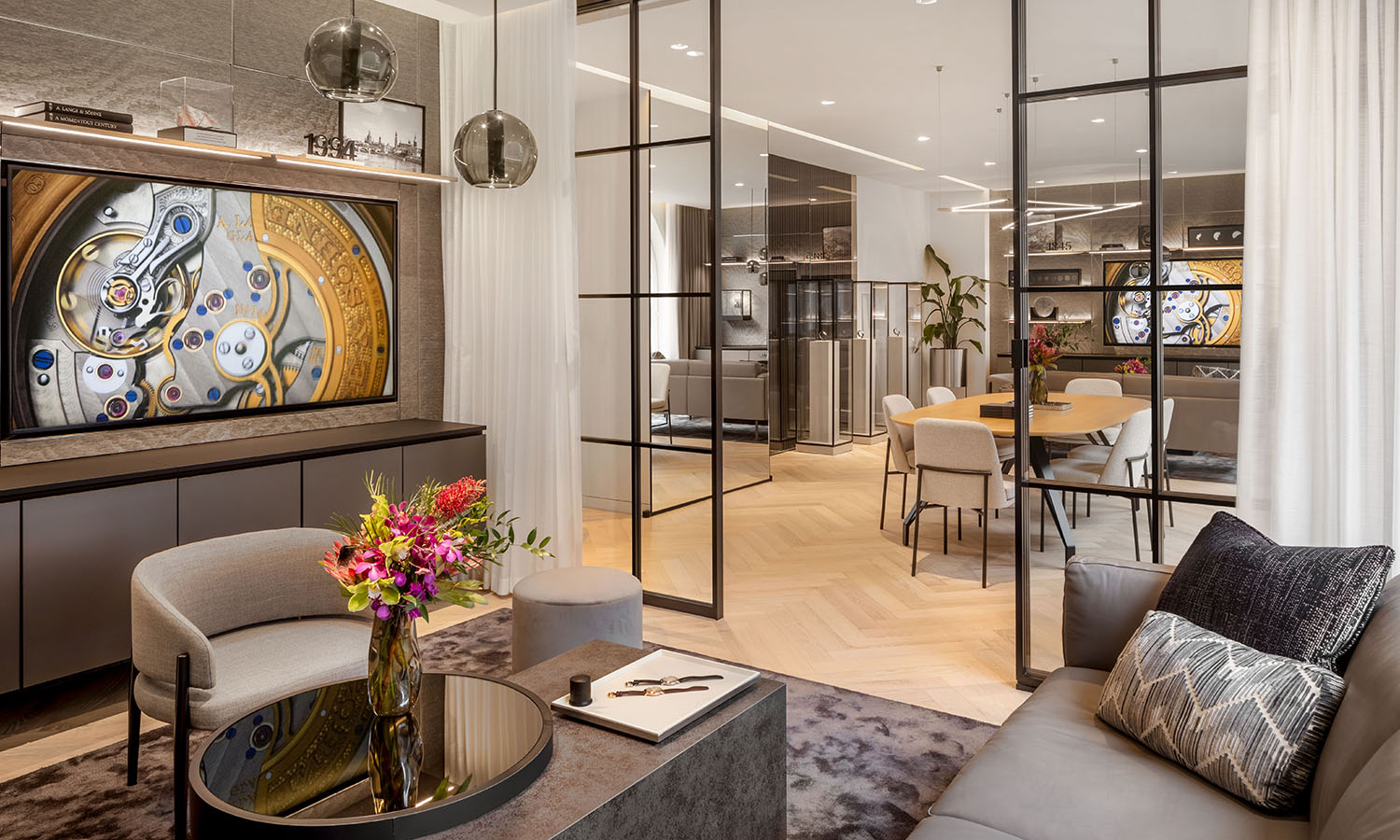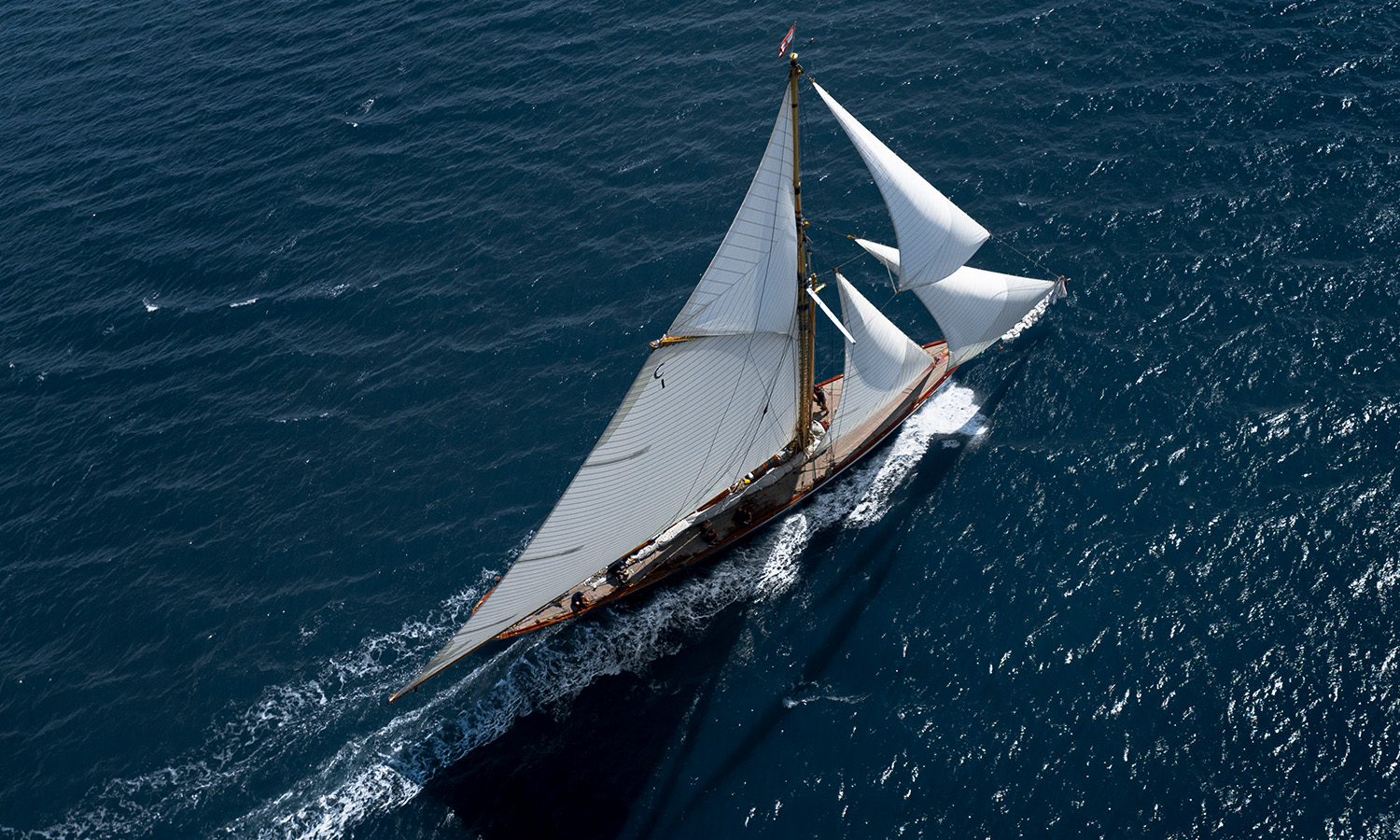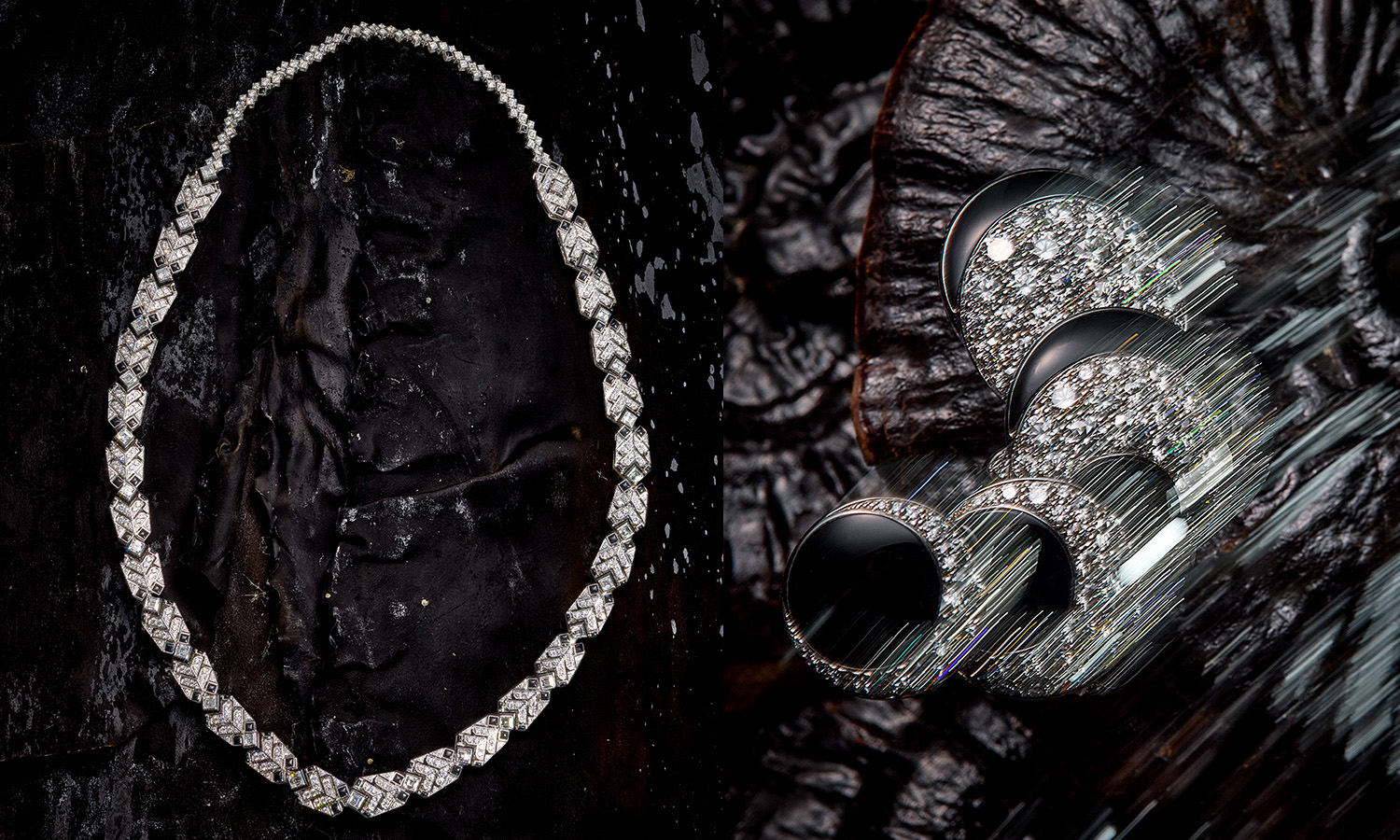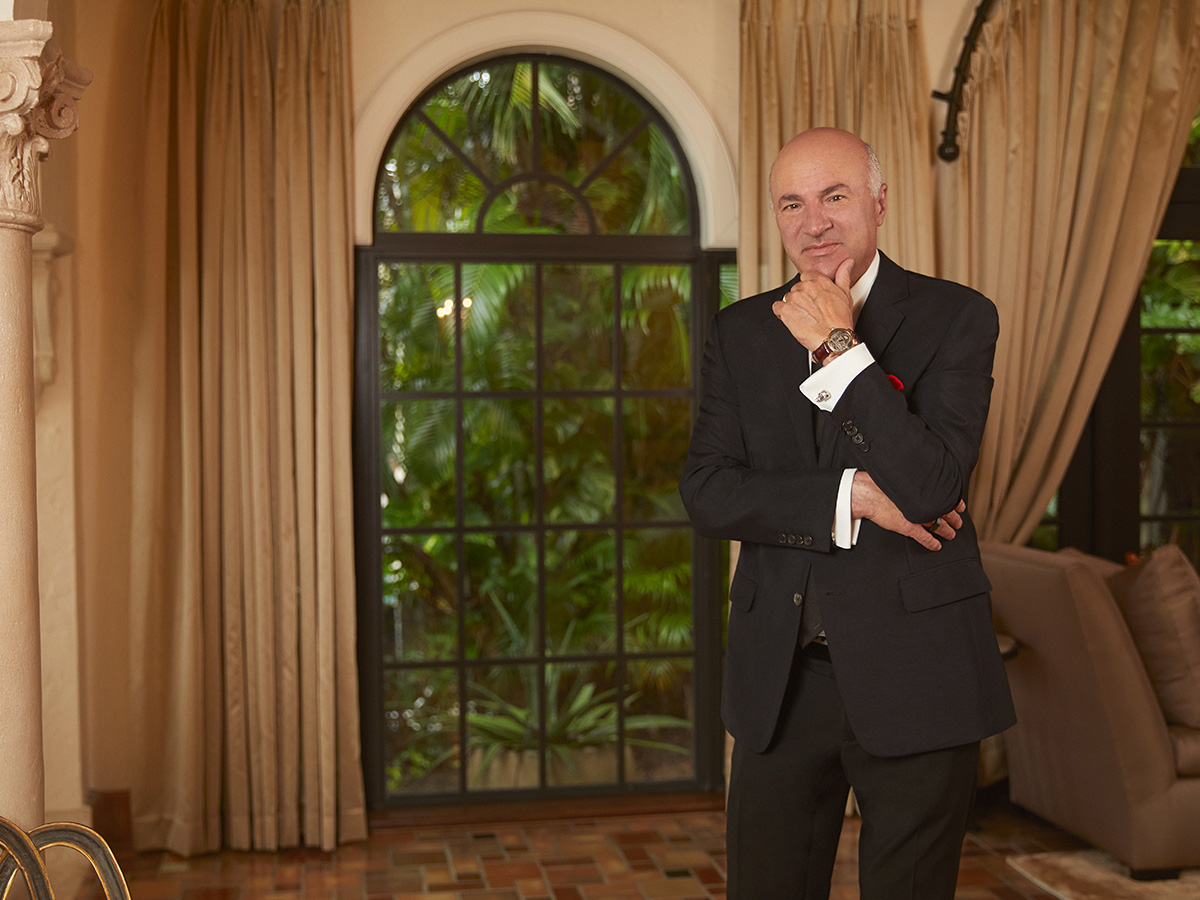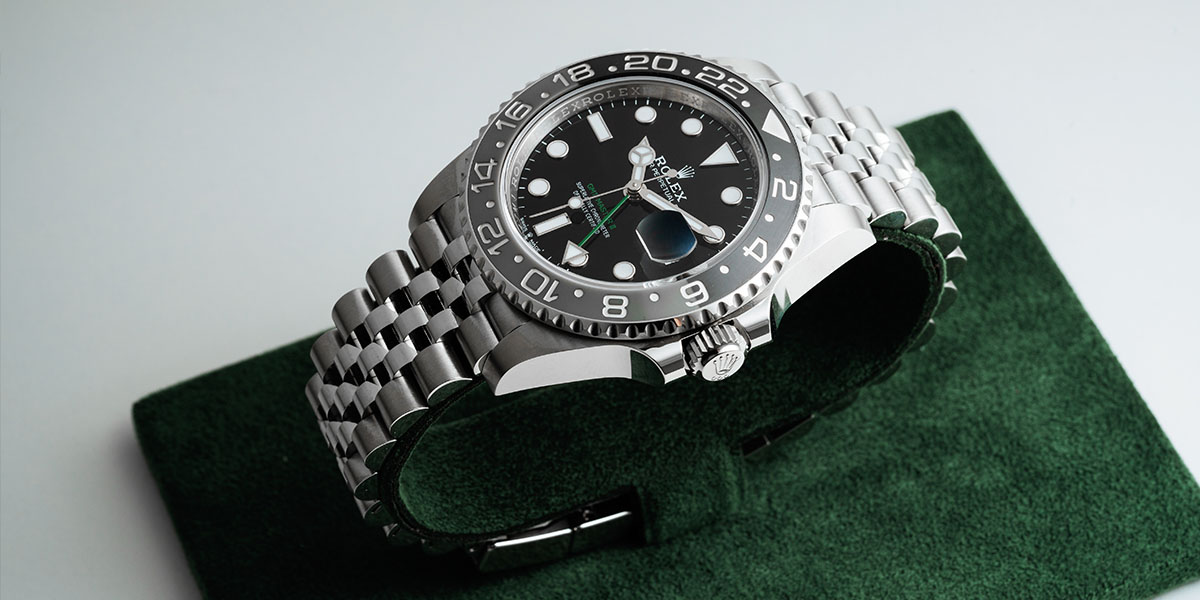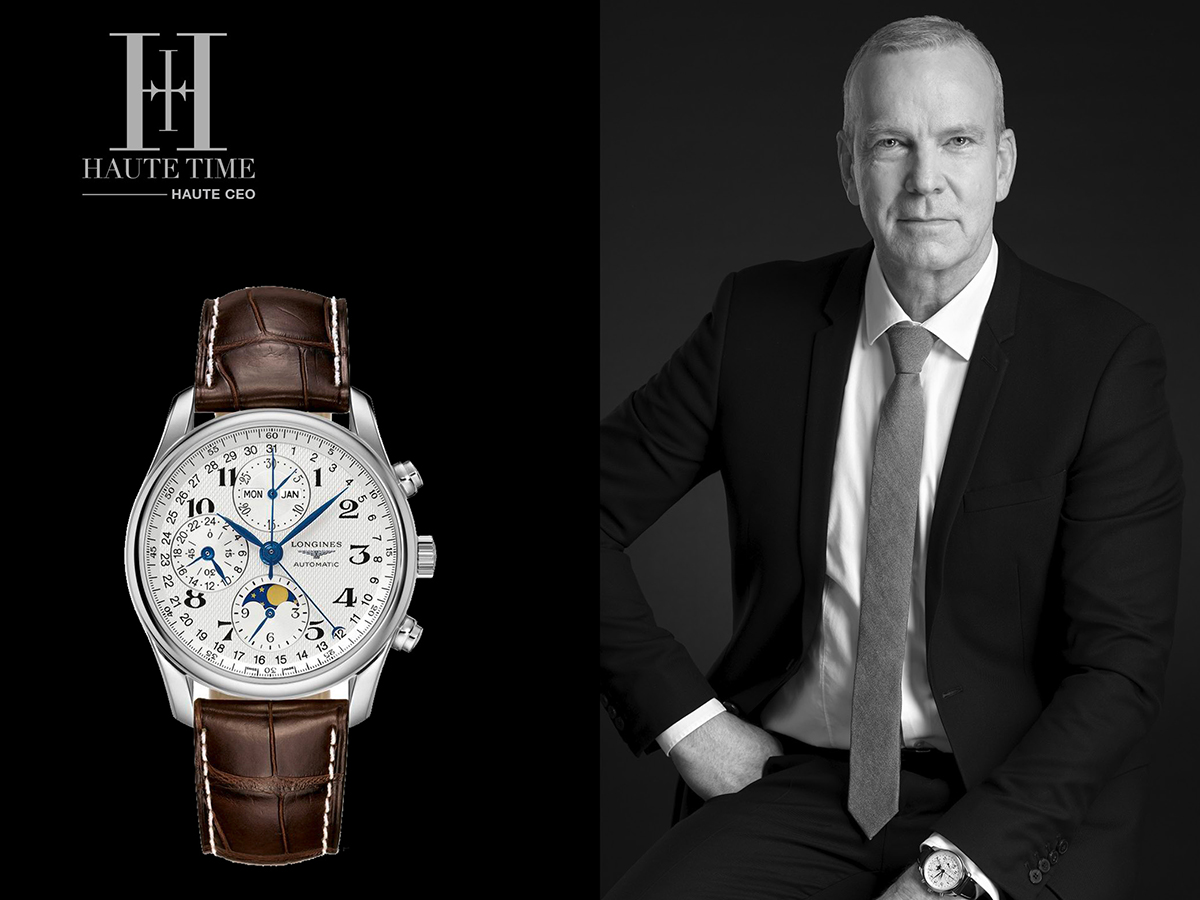
Haute CEO: On The Clock With Matthias Breschan, The CEO Of Longines

Welcome to Haute CEO, an exclusive series where Haute Time goes on the clock with the watch industry’s top CEOs who’ve become leading innovators in the space.
For our second installment of the Haute CEO 2023 series, Haute Time sits down with Longines’ CEO Matthias Breschan in Courchevel during the FIS Alpine World Ski Championships, where Longines is the Official Partner and Official Timekeeper. Matthias Breschan has been at the helm of Longines since July 2020, navigating new watch releases while also adhering to the brand’s rich history. Ahead, we go on the clock with Matthias, discussing everything from his career evolution in the industry to his goals for Longines for the future — and, naturally, we find out his favorite timepiece.
HAUTE TIME: Can you walk us through your career journey in the watch industry?
MATTHIAS BRESCHAN: I arrived at Longines 2.5 years ago. But I entered the watch industry in the mid-nineties when Swatch Group wanted to diversify in direct communications. At this time, I was working at Texas Instruments at the European headquarters, specializing in mobile phones and integrating a telephone into a watch. We had prototypes at this time, but then the Swatch Group stopped the project for an obvious reason: mobile phones were sold for 0-1 dollar, everything was somehow integrated into the service package, and so the problem for us was that there was no more value associated with the hardware.
By this time, the Group had stopped this diversification in telecommunication, and they offered me a job in the watch industry. Starting in watches was super easy as you get motivated super quickly. When I joined the Swatch Group, they offered me a training class where they taught all about mechanical, quartz, different watches — etc. And at the end of this training, you have to disassemble and reassemble your watch. From this moment on, my perception of micromechanics and watchmaking totally changed.
It was the first time I understood that you can — and must have — an emotional link to watches. We are not talking about just buying a watch to read the time; you are purchasing an affinity for the whole universe. And this is still what we are doing today.
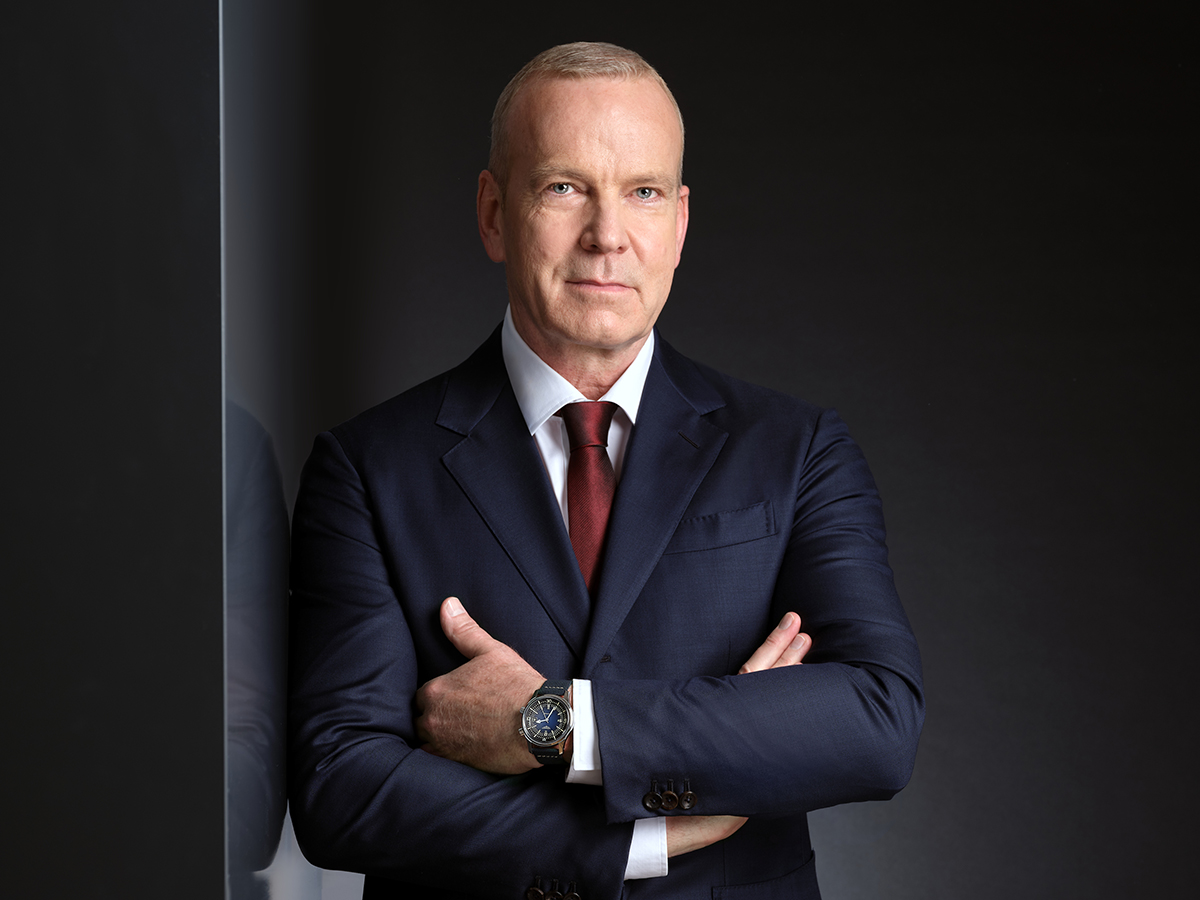
Photo Credit: Courtesy of Longines
“It was the first time I understood that you can — and must have — an emotional link to watches. We are not talking about just buying a watch to read the time; you are purchasing an affinity for the whole universe. And this is still what we are doing today.”
HT: How do you continue to evolve the Longines brand?
MB: Before Longines, I was at Hamilton and Rado – I think it’s always very important to note that when you join a brand as a CEO, it is never just the brand that has to adapt to you; it is also the CEO that has to adapt to the brand. And, of course, with Longines, I was lucky. It is one of the top 5 watch brands in the whole world with distinctive DNA.
Longines is equally strong in classic and sports watches, and they also sell equally well for men and women. For me, it’s not only about strengthening what makes Longines so strong but also about making sure Longines stays strong in the future.
Clearly, the two pillars of the brand are elegance on one side and watchmaking tradition heritage on the other. Longines has a history that is 190 years old. It is one of the nicest heritages and histories in the industry — but the problem is many people don’t know about it. [In fact], it was Longines that invented the GMT movement. It was Longines that invented the flyback movement. It was Longines that had such a big advantage in high-frequency technology. It was Longines that invented the turning bezel — etc.
Last year, we started developing exclusive movements manufactured exclusively for Longines — so they are really in-house movements. These exclusive movements allow us to recall the very unique history of Longines. So, last year we launched the Longines Spirit Zulu Time — to recall, it was Longines that invented the first GMT movement in 1925 because we were linked to the world of aviation. We actually had a lot of experience in GMT movements because, in fact, in 1908, the Sultan of Istanbul asked to develop a pocket watch with two time zones. By this time, it was very important to have what they called the ‘French time’ and their time in relation to sunset and sunrise with the upcoming importance of transport of boats and trains. Then, Longines integrated these double time zones in airplanes’ flying instruments. In 1925, four pilots wore a wristwatch, which we called the watch Zulu Time, with its typical Z-flag on the dial. Z stands for Zulu Time, the universal time format – used both historically and today – in aviation and the military.
HT: We’re here in Courchevel at the FIS Alpine World Ski Championships — what is the Longines connection?
MB: Another watch we launched last year is linked to our presence in Courchevel today: The Longines Ultra-Chron. Longines has always advanced in high-frequency technology, which stands for precision. Longines was actually the first brand that was able to time sporting events — in 1914, by 1/10th of a second, and by 1916, by 1/100th of a second. So we were able to provide high-precision technology for more than 100 years..
Our link to skiing is as old as 1924, when FIS was first founded and when the first winter games took place in Chamonix. Longines was the Official Timekeeper during these winter games. So we have had a long relationship to skiing and also with the second pillar of elegance in time.
Today, it is all about how accurate we can go. We are presenting a new technology in Courchevel/Méribel that allows us to get a massive amount of data about the skier and the performance of the skier; now, the next step is to use this data for analytic data as we can see where the skier was winning the race, where the skier was losing the race, and what the skier can do better in the future. We realize that we now have so much data, and we need to use it in impactful and useful packages for the teams to use, or for reporters.
HT: As you enter the third year with the brand, what are your goals?
MB: We will definitely continue honoring our two pillars: Elegance and Heritage. We are going to present at the end of February and mid-March two more exclusive in-house movements, proving to be major milestones in the Longines’ history — the Longines Pilot Majetek and Longines Spirit Flyback.
Again, these are milestones unique to our heritage and history that many people are unfamiliar with. We will continue to use our heritage to define the future.
We have seen the vintage watch market exploding in the past years with interest, particularly from young consumers in this vintage market. Because we have an authentic history, we do not need to develop a product and go backward to make up an artificial history for a certain credibility. Our history is so rich that we can cherry-pick its best parts and develop new movements. You will see innovations embodying the attitude of the elegant pillar as well.
There has always been an extreme balance between the classic and sport watches at Longines, and in the future, we will definitely continue to maximize that.
HT: Now, for everyone’s favorite question: if you were not in the watch industry, what do you imagine your career path would be?
MB: If I was not producing watches, I believe I would be distributing them or selling them. What I like very much about watches is that you establish an emotional link with these products. In many cases, the watch will likely last longer in this world than yourself, so it is something you transmit to the future. Watches are something that is durable for the next generations. You will not wear a watch without an emotional link — you will just put it aside. In many cases, I think this emotional link is what we want to transfer to the next generations.
HT: What is your all-time favorite timepiece from Longines?
MB: Right now, it’s changing a little bit, but it would be the Longines Ultra-Chron because of its high-frequency movement, and this technology has revolutionized the timekeeping of sporting events (which is why we are in Courchevel/Meribel). This is definitely one of my favorites, with the second being the Longines Spirit Zulu Time because of my personal affinity to the universe of aviation.
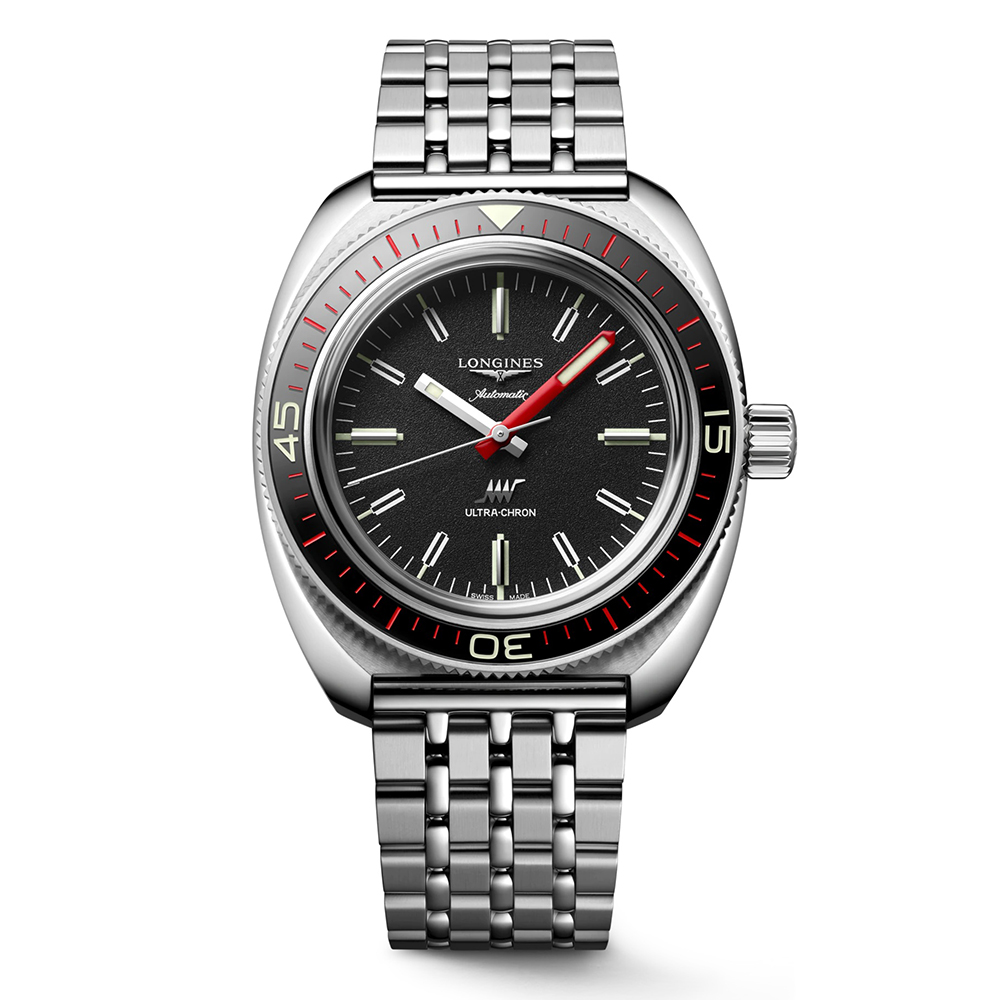
HT: Time is so intimate. How do you value your time?
MB: I think time, for all of us, is the same. It is about the decisions we make and how we use time that makes a difference.
For more Haute CEO on-the-clock interviews, click here.
 SIGN UP
SIGN UP


